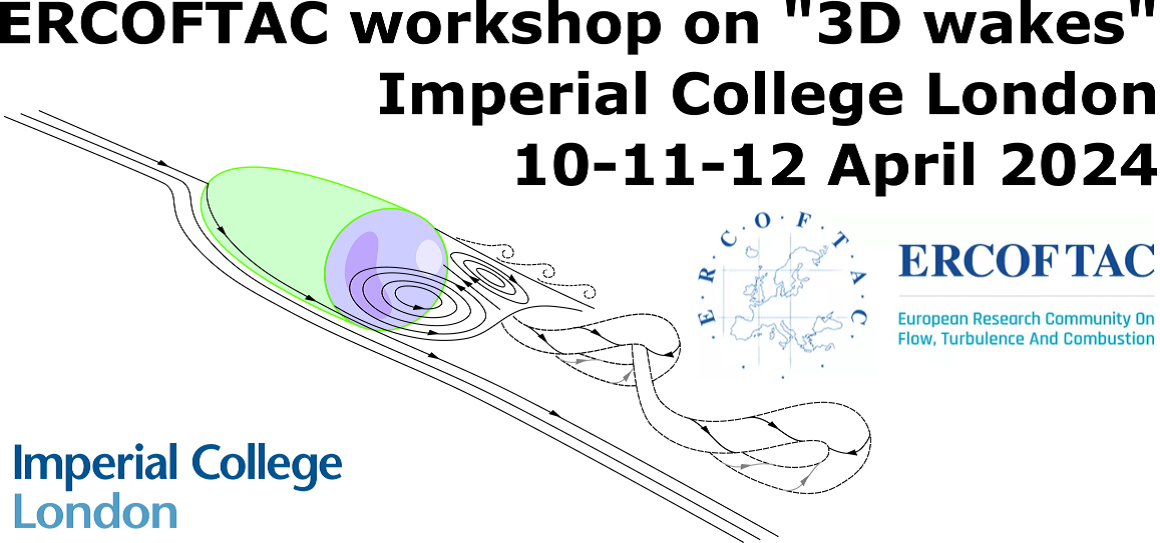ERCOFTAC SIG47 Workshop
Keynote Speakers:
Organising Committee:
Scientific Committee:
- J. Borée, ISAE-ENSMA, France
- J.I. Jiménez González, University of Jaén, Spain
- S. Krajnović, Chalmers University of Technology, Sweden
- J. Morrison, Imperial College London, UK
- A. Morgans, Imperial College London, UK
- O. Cadot, University of Liverpool, UK
- B.W. van Oudheusden, Delft University of Technology, Netherlands
Main website:
Programme:
Meeting objectives:
The purpose of this workshop is to discuss recent results on the wakes of three-dimensional bluff bodies featuring a wide recirculating flow. This situation is omnipresent in our surrounding life, including for almost all surface transportation vehicles. Their “aerodynamic losses” are a well-known contributor of negative impact on the environment and climate. The meeting aims to bring together researchers with theoretical, experimental and numerical backgrounds to address the fundamental issues, from low Reynolds number transitions to wake dynamics in the turbulent regime to flow control solutions to improve the aerodynamics. We will be pleased to welcome you in London. There will be no fee for attending. A further announcement will be sent soon with the abstract call.
This workshop is part of ERCOFTAC’s SIG47 “3D Wakes” activities and co-chaired by J. Morrison & O. Cadot.

